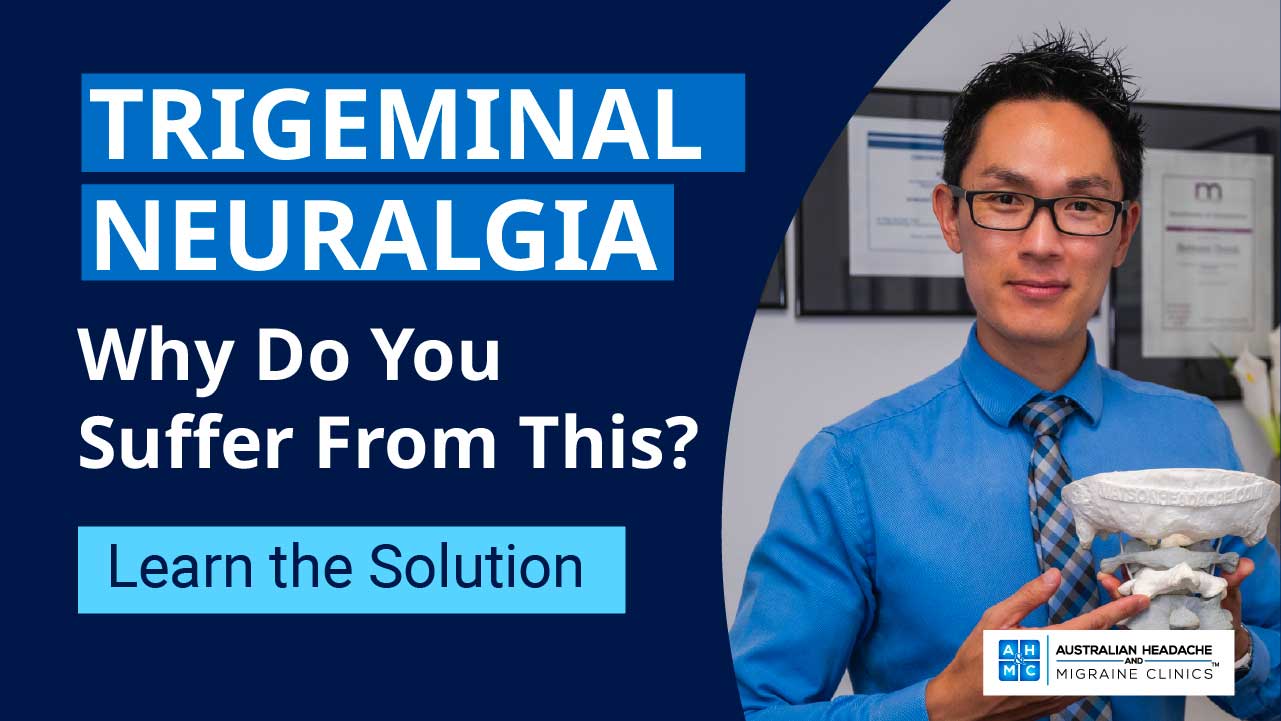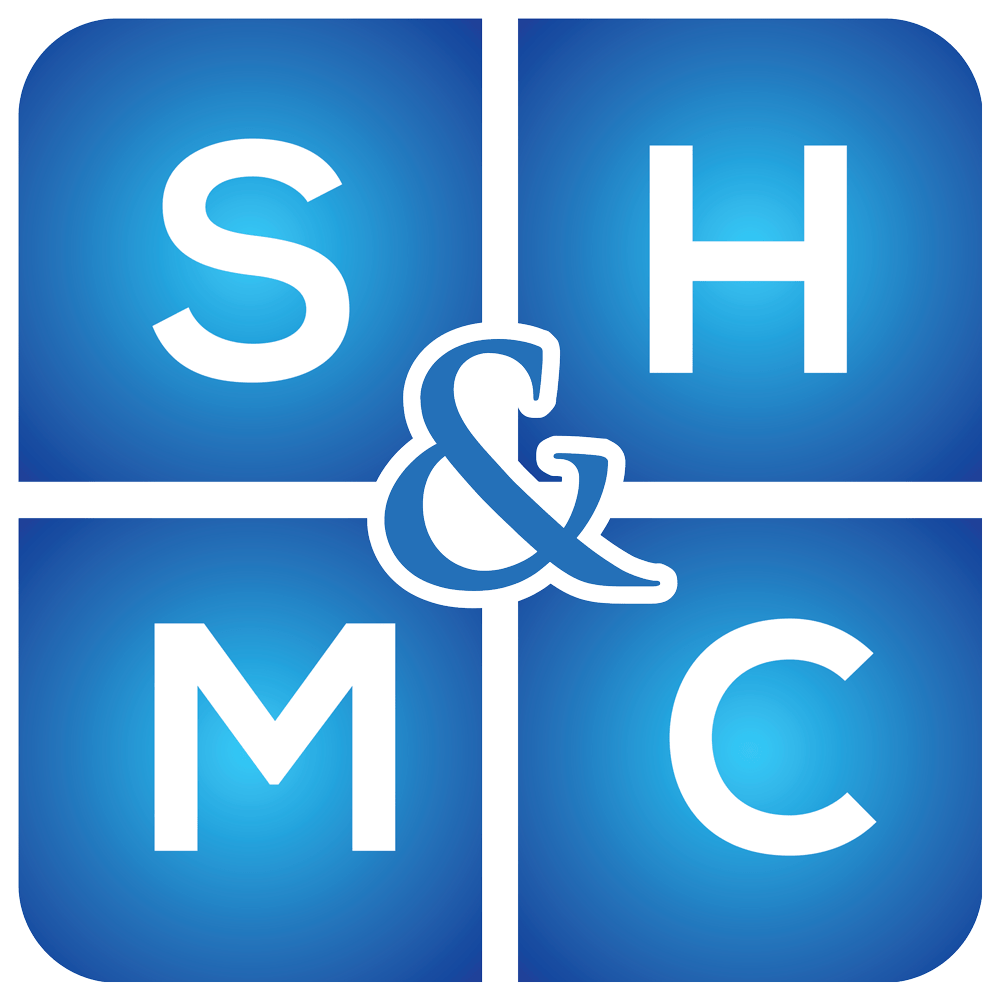I Suffer From Trigeminal Neuralgia Treatment
Trigeminal Neuralgia Treatment Brisbane
Trigeminal neuralgia is a chronic nerve pain condition that affects one or more branches of the trigeminal nerve. This nerve carries sensation from your face and scalp to your brain. The pain is almost always severe in nature and may become more severe over time.
At Brisbane Headache and Migraine Clinics, we have treated countless patients with Trigeminal Neuralgia with impressive results. Our expert headache clinicians expect to observe improvement within the first 5 treatment consultations. Plus our methods for treating trigeminal neuralgia are medication-free, surgery-free and invasive-free!
Book a consultation with us today.








